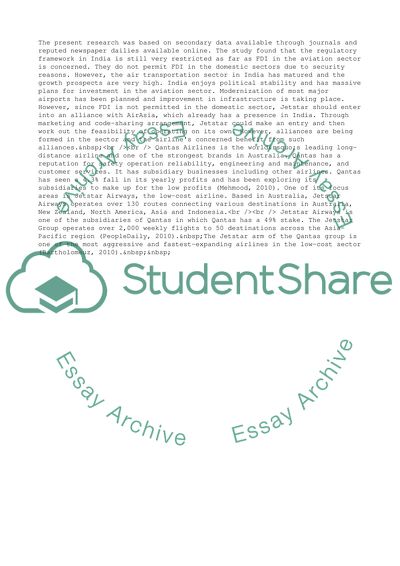Cite this document
(Growth Path of Qantas Airline and Jetstar Airways Case Study, n.d.)
Growth Path of Qantas Airline and Jetstar Airways Case Study. Retrieved from https://studentshare.org/business/1570275-the-report-of-international-business
Growth Path of Qantas Airline and Jetstar Airways Case Study. Retrieved from https://studentshare.org/business/1570275-the-report-of-international-business
(Growth Path of Qantas Airline and Jetstar Airways Case Study)
Growth Path of Qantas Airline and Jetstar Airways Case Study. https://studentshare.org/business/1570275-the-report-of-international-business.
Growth Path of Qantas Airline and Jetstar Airways Case Study. https://studentshare.org/business/1570275-the-report-of-international-business.
“Growth Path of Qantas Airline and Jetstar Airways Case Study”, n.d. https://studentshare.org/business/1570275-the-report-of-international-business.


